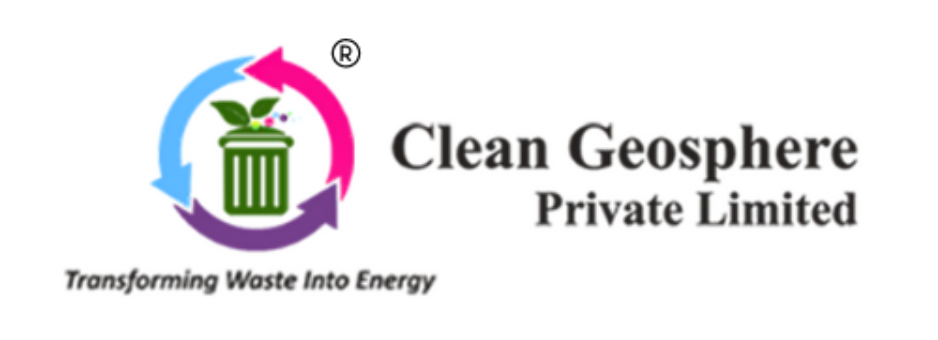Mumbai, the financial capital of India, is home to over 20 million people and a bustling economy. However, it is also home to an alarming environmental crisis—its rivers and water bodies are being choked by plastic waste. The Mithi River, one of Mumbai’s most critical watercourses, has become a poster child for this issue. The plastic pollution clogging the city’s rivers is not just an eyesore but also a serious environmental threat, impacting marine life, increasing the risk of flooding, and endangering public health.
Plastic Pollution: A Pressing Issue
Plastic waste is a global environmental problem, but its impact is particularly severe in densely populated urban centers like Mumbai. According to reports, Mumbai generates around 2,500 metric tons of plastic waste daily. While efforts have been made to curb plastic use through bans on single-use plastics, poor waste management and public compliance have allowed the problem to persist. A significant portion of this waste ends up in Mumbai’s rivers, including the Mithi River, the Dahisar River, and the Poisar River, where it disrupts the natural flow of water and causes multiple environmental challenges.
Impact on Waterways and Marine Life
Plastic waste, once it enters rivers, does not decompose easily. Instead, it breaks down into microplastics, which can persist in the environment for hundreds of years. These microplastics contaminate water bodies, posing severe risks to aquatic ecosystems. Fish and other marine organisms often mistake plastic particles for food, leading to ingestion. This not only harms marine life but also introduces plastic into the food chain, eventually affecting human health.
In Mumbai, the plastic debris has clogged drainage systems and waterways, including the Mithi River, which is notorious for flooding during the monsoon season. The accumulation of plastic waste obstructs the natural flow of the river, causing water stagnation, which in turn leads to an increase in waterborne diseases such as malaria and dengue. Moreover, these clogged waterways exacerbate the risk of floods, turning heavy rainfall into a potential disaster for Mumbai’s residents.

Flooding Risks in Mumbai
Mumbai’s vulnerability to flooding is well known, and the problem has been exacerbated by plastic waste blocking the city’s natural drainage systems. The Mithi River, which plays a crucial role in draining rainwater into the Arabian Sea, is severely polluted. During the monsoon season, plastic and other waste materials obstruct the river’s flow, leading to the backflow of water into residential and commercial areas.
The devastating floods of 2005, which left large parts of the city submerged, were partly caused by the Mithi River being blocked by garbage and plastic waste. Despite efforts to clean up the river in the years since, the problem remains largely unresolved. Mumbai’s ever-growing population and urban sprawl have put immense pressure on its waste management systems, and unless drastic measures are taken, the risk of similar flooding disasters remains highly responsible entities.
Ongoing Clean-up Efforts and Challenges
Over the years, the government and various NGOs have undertaken several initiatives to clean Mumbai’s rivers. Clean-up drives along the Mithi River have led to some temporary improvements, but the problem of plastic pollution is far from solved. One of the key challenges is the lack of proper waste segregation at the source. Without an effective system for separating recyclable plastics from general waste, large quantities of plastic continue to end up in landfills and water bodies.
In addition, the lack of public awareness and participation in sustainable waste management practices has hindered progress. While plastic bans have been implemented in Mumbai, enforcement remains a challenge. Illegal dumping of plastic waste continues, often ending up in rivers and drainage systems, undoing the efforts of clean-up initiatives.
The Way Forward: Sustainable Solutions
Solving Mumbai’s plastic pollution crisis requires a multi-faceted approach. Here are some solutions that could be effective in addressing the problem:
Community Participation: Engaging local communities in clean-up efforts and environmental conservation can create a culture of responsibility and accountability, helping reduce pollution at the grassroots level.
Strengthened Waste Segregation: Implementing and enforcing waste segregation at the household and commercial levels is crucial. Separate collection of biodegradable and recyclable waste can significantly reduce the amount of plastic that ends up in rivers.
Public Awareness Campaigns: Educating the public on the environmental hazards of plastic pollution and promoting sustainable alternatives like reusable bags and bottles can help reduce plastic waste.
Stricter Enforcement of Plastic Bans: While Mumbai has banned single-use plastics, stronger enforcement and penalties for illegal dumping are needed to curb the flow of plastic into water bodies.
Eco-Friendly Waste Disposal Practices: Encouraging businesses and households to adopt composting and recycling practices can reduce reliance on landfills and prevent plastic from being dumped into rivers.

Conclusion
Mumbai’s rivers, choked with plastic waste, are a stark reminder of the environmental challenges posed by unchecked plastic consumption and inadequate waste management. To protect its water bodies, marine life, and residents from the harmful effects of plastic pollution, the city needs to adopt sustainable waste management practices, enforce existing laws, and foster greater public awareness. Only through collective action can Mumbai’s rivers be restored to their natural state, ensuring a cleaner, healthier environment for future generations.


